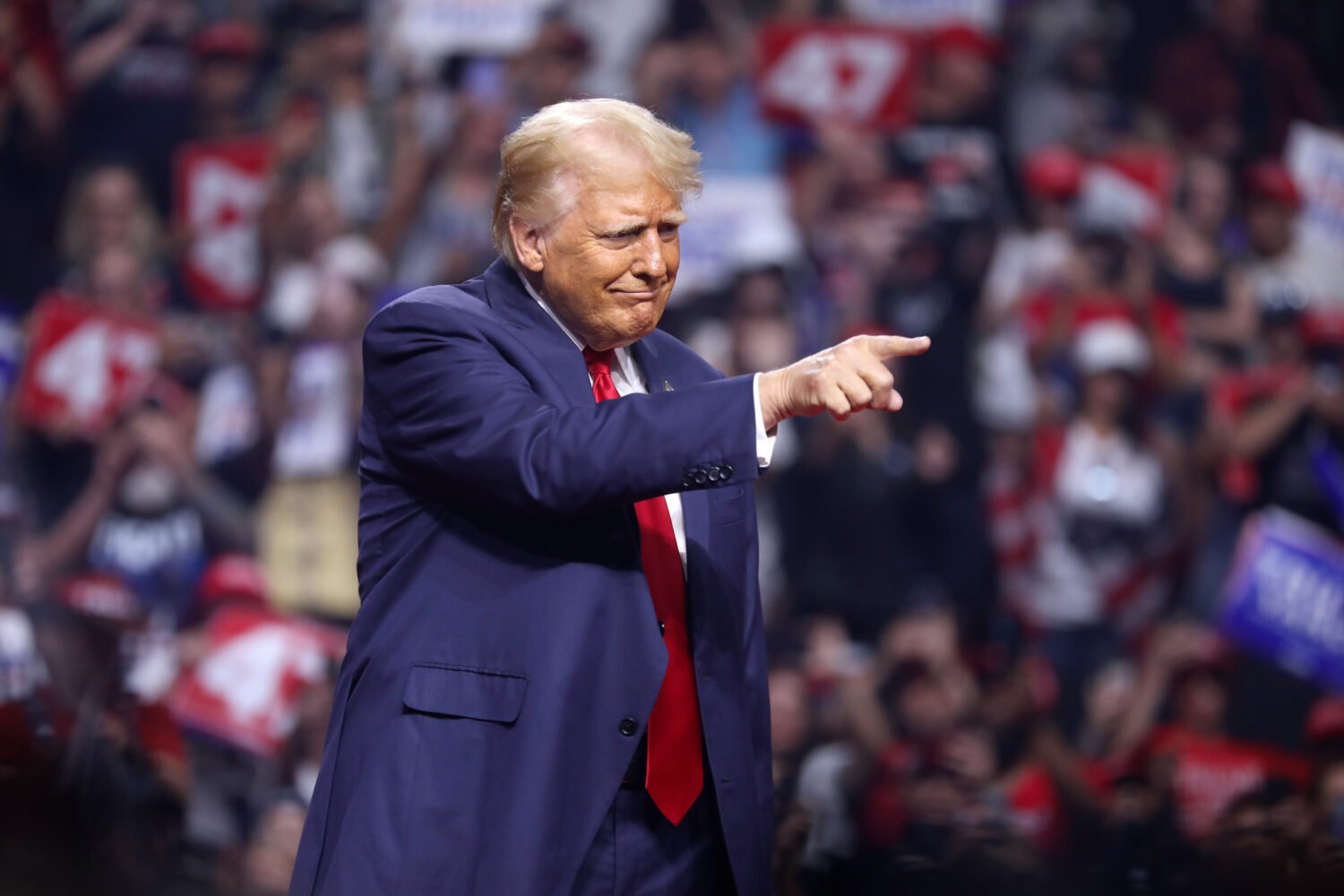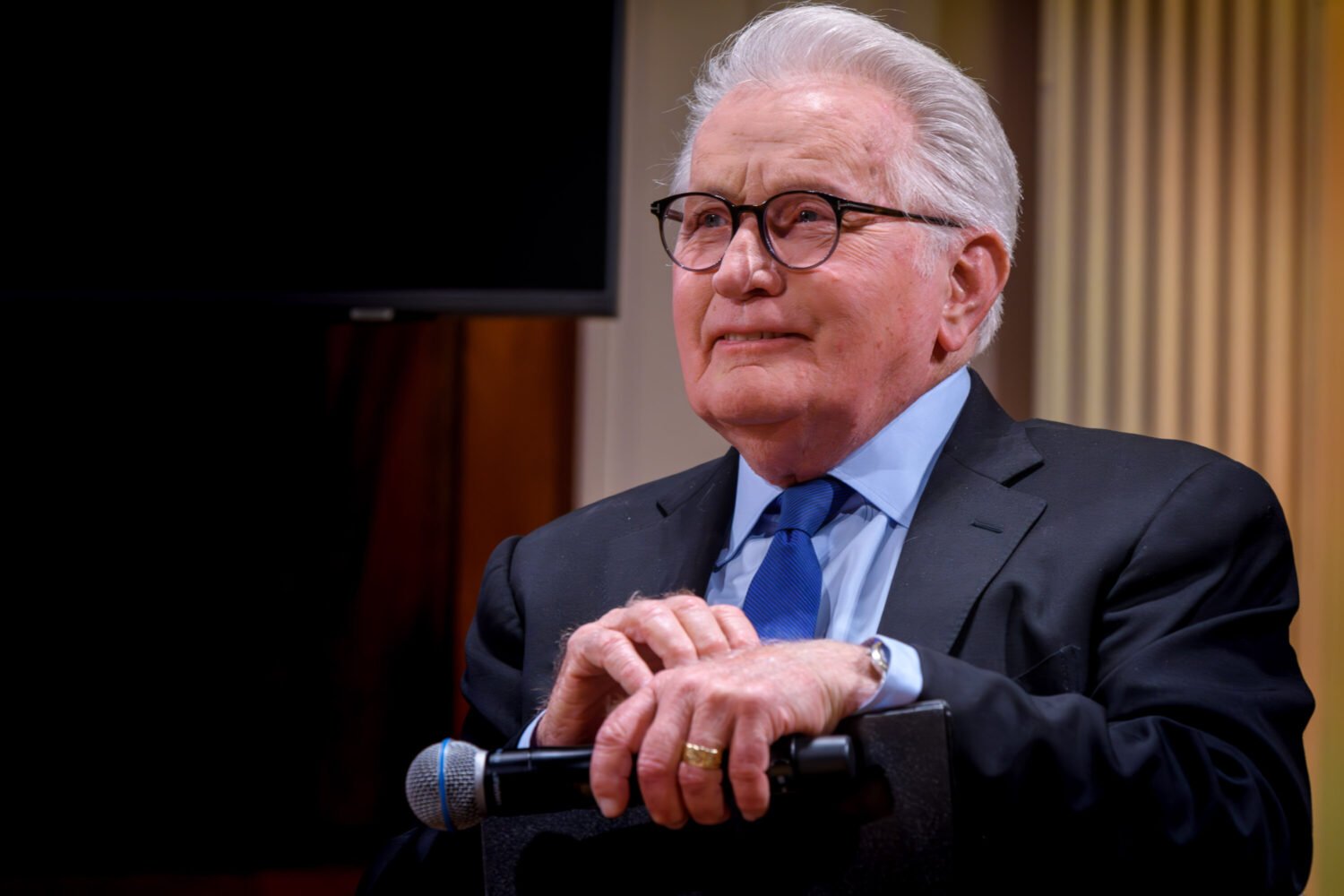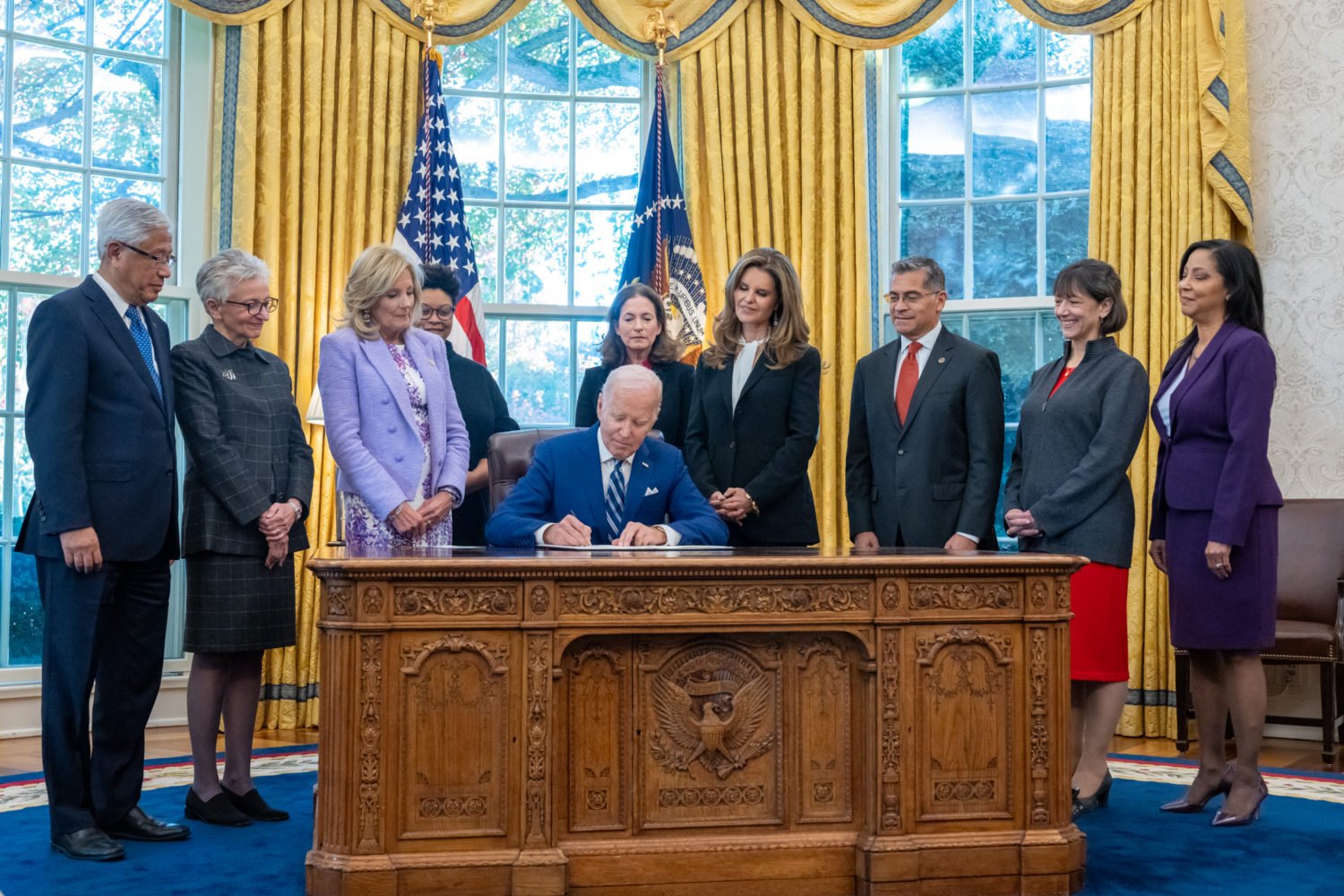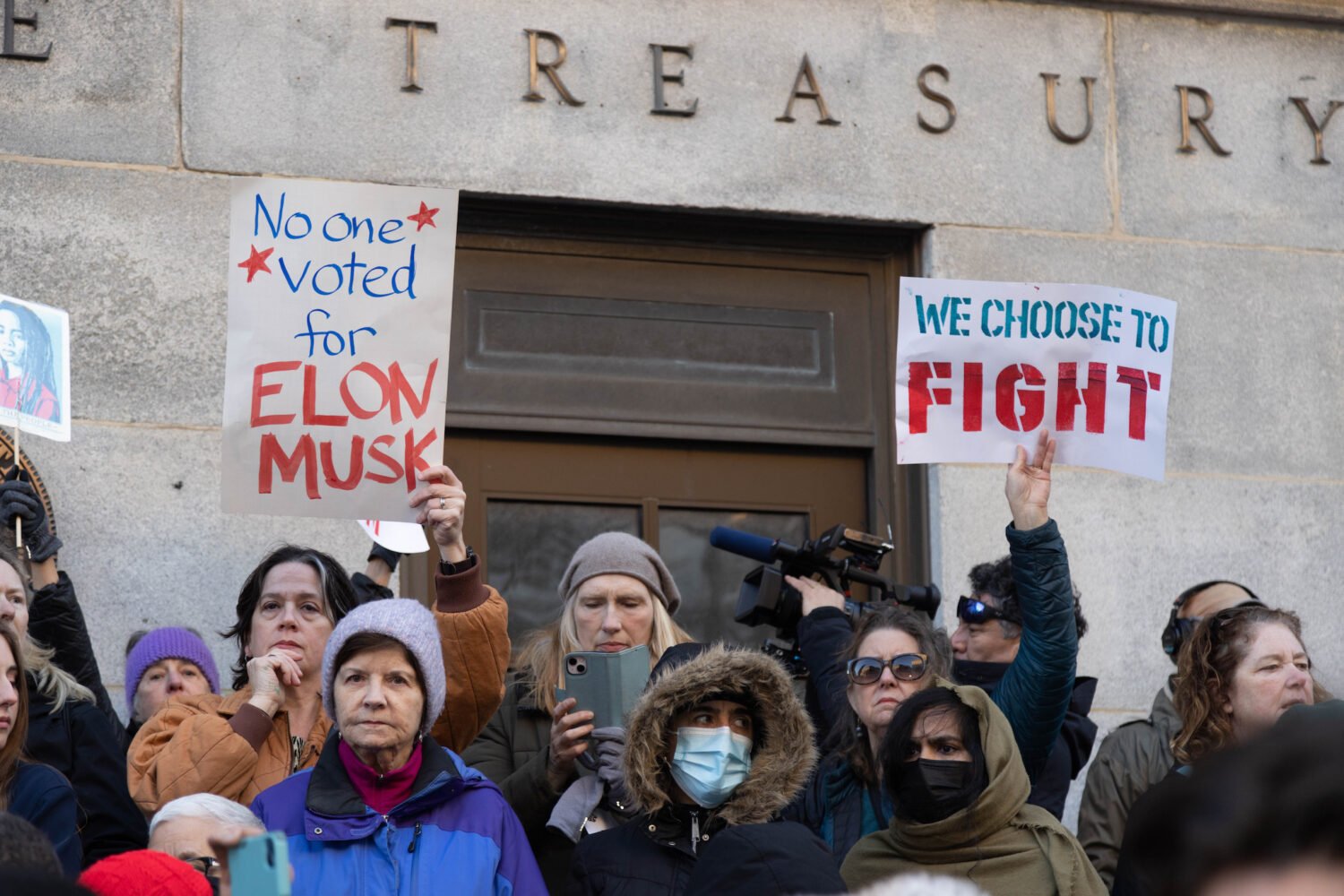
In the end, Osama bin Laden met his demise in the way many experts who anticipated this moment had imagined: US intelligence identified a member of his inner circle—in this case, an unwitting courier—who led them straight to the terrorist master’s doorstep.
The successful strike is the most potent example to date of the US military-and-intelligence community’s global capability to track, identify, and ultimately to capture or kill one man. Details are few at this point, parceled out by senior administration officials early this morning. But it appears that US intelligence officials and analysts worked tirelessly for years to locate bin Laden’s secret hiding place without any willing assistance from the small coterie of trusted men and women around him. No one turned on bin Laden. There was no need to.
The case cracked slowly. Four years ago, according to administration officials, detainees at Guantánamo Bay, Cuba, told their captors the nickname of bin Laden’s courier, an aide so trusted that he lived with the man whose messages he conveyed on foot. Intelligence officials long ago determined that bin Laden had ceased communicating via electronic means in order to avoid detection by the United States’ global network of computerized eavesdropping. Indeed, the fortified compound where he was found had neither Internet nor phone access. Experts had believed the best way into bin Laden’s inner sanctum would be to follow the few people, maybe even the one person, who connected bin Laden to the outside world.
The hunt continued as the Bush administration transferred power to President Obama. It took two more years to determine the general area where the courier was operating. Then in August 2010, the biggest break: US intelligence tracked the courier to a fortified compound in Abbottabad, Pakistan, a tourist city about 30 miles northeast of the capital city of Islamabad. Analysts determined that the compound—surrounded by 12-foot walls topped with barbed wire and designed to lessen its chances of electronic detection—was likely to be bin Laden’s hiding place.
While Obama administration officials didn’t offer precise details about the level of surveillance brought to bear on the compound, it was certainly extensive. Unmanned aerial vehicles, or drones, have the ability to loiter over a target and offer uninterrupted surveillance for hours on end. Intelligence analysts would have had the benefit of live video coverage of the compound and its inhabitants as well as extraordinarily detailed satellite photos. It’s probable that bin Laden himself was identified. And there’s no question that the loitering drones were tracking the courier’s every move.
In mid-February, the administration developed a plan to go after bin Laden. The next month saw the first in a series of five meetings with President Obama and the highest echelon of his national-security advisers. Obama gave the order to strike Friday morning, and the raid was conducted by the Navy’s elite special-operations force Sunday evening. According to senior administration officials, two helicopters were involved as well as one drone overhead. A Navy fighter reportedly shot bin Laden in the head. There was a brief exchange of fire. But the US team apparently spent most of its 40 minutes at the compound gathering computers, documents, and other potentially useful intelligence. One helicopter suffered mechanical damage during the strike, although no one aboard was injured. The special forces loaded bin Laden’s body onto their remaining helicopter and flew back to Afghanistan. After bin Laden was positively identified, he was buried at sea.
More details will leak out or be provided in coming days and weeks. But for now, the death of bin Laden will be celebrated as the United States’ most tangible victory in the nearly decade-long war against terrorism. The precision strike offers a rare glimpse into how military forces coordinate with intelligence agencies, apparently with great results. That in and of itself is a measure of how the US national-security apparatus has become more finely tuned since the attacks of September 11, 2001, when its atrophy and weakness were laid bare in devastating fashion.
Whether bin Laden’s death proves to be a largely symbolic event can’t yet be known. But for now, deep within the warrens of intelligence agencies and military bases, people are celebrating their success. The most wanted man on the face of the earth, a man widely deemed uncatchable, has been killed.
“Justice has been done,” President Obama said in an address to the nation early this morning from the White House.
Subscribe to Washingtonian
Follow Washingtonian on Twitter
More>> Capital Comment Blog | News & Politics | Party Photos


















